A Crieff man has been left “hurt” after a plaque he donated to honour the late Queen Elizabeth II went missing.
Author Dr Roger Cartwright made the generous donation last year to Crieff Community Council to mark the Platinum Jubilee.
Roger got together with previous chair Harry Thomason and picked a design for the plaque.
Roger then made a donation out of his own pocket to fund the plaque and it was delivered and displayed in the town square.
He then discovered it had been taken down and he got in touch with the community council to find out what had happened.
He told The Courier: “For a while it was in the square in the notice board.
“Harry took it out of there and then sadly became very ill.
“I waited for a bit and then wanted to find out what had happened and where it was so I contacted the community council.
“I received an email from someone who used to be part of the council but who is no longer.
‘It belongs to the people of Crieff’
“He told me that he was just helping them. He then told me that he had lost the plaque after it was given to him by Harry’s family.
“I then contacted the new chairman who told me that it was nothing to do with them and told me to sort it out.
“I don’t want it, it’s not mine – it belongs to the people of Crieff.
“I’m actually hurt. I’m hurt for Harry who wanted to do the right thing and commemorate Her Majesty.
“I’m livid that the Queen’s memory is being sullied.”
Mystery of Crieff’s missing jubilee plaque
Roger resigned from the community council alongside Councillor Douglas Watters, who compared the running of Perth and Kinross Council to North Korea’s totalitarian regime.
He then bravely spoke out about his experience with penile cancer – a condition that affects less than 100 people per year in Scotland.
Former secretary of the council Mark Hunter is now working to locate the plaque and has informed Roger that if it doesn’t show up it will be replaced.
Brian Wilton, chairman of Crieff Community Council, said: “The plaque was a matter between him and the previous community council, of which he was a member.
“The secretary of that council, which ‘disbanded’ last September, stored the plaque for safekeeping — there being no new council until late June this year.
“We’ve been advised by him that he hasn’t yet located it and if it doesn’t turn up, he’s offered to replace it at his expense . . . a kindness that we assumed had been indicated to Dr Cartwright.
“The new community council has had no connection with the plaque at all, but does hope that the matter will be quickly settled by those who were involved.”
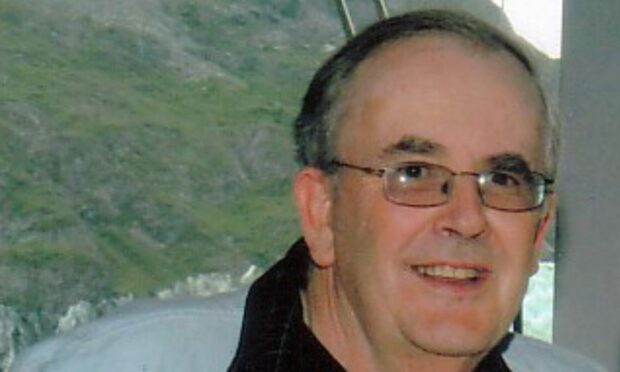
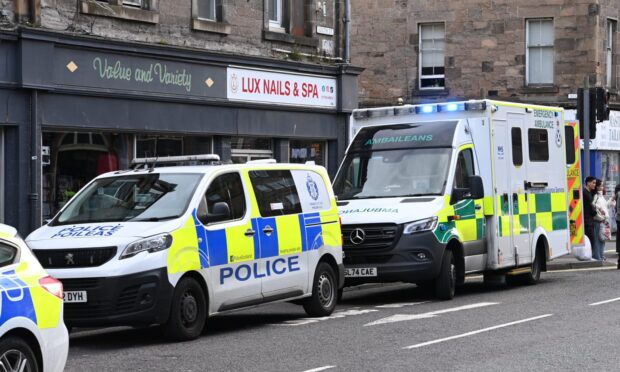
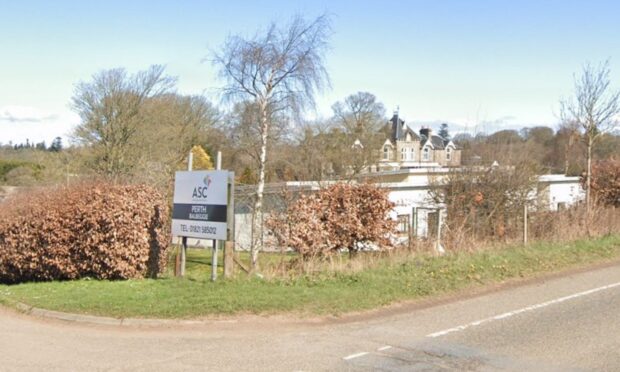

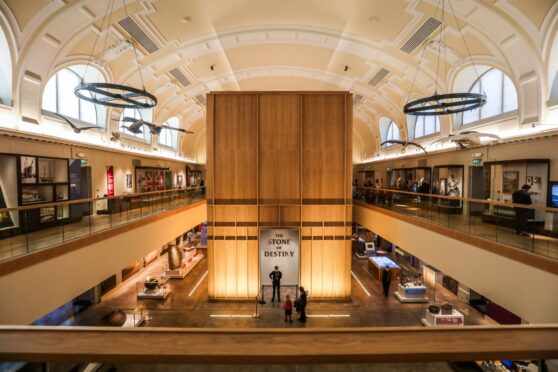
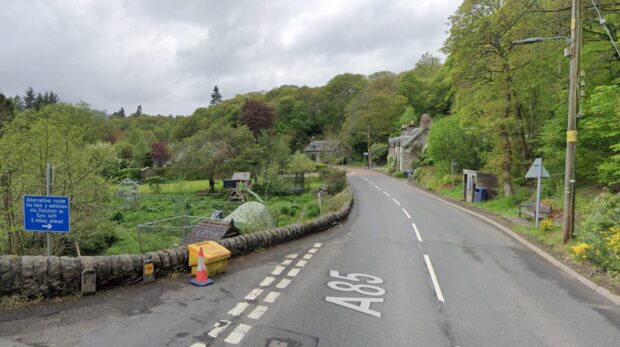


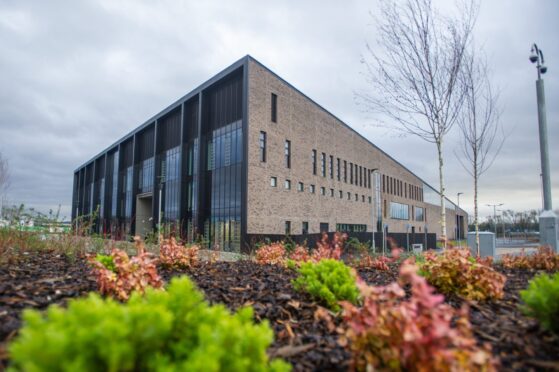

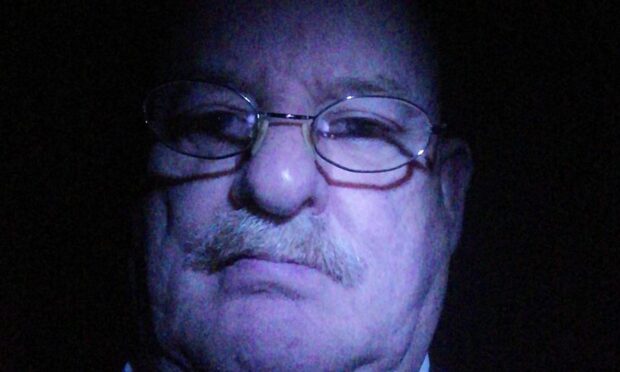
Conversation